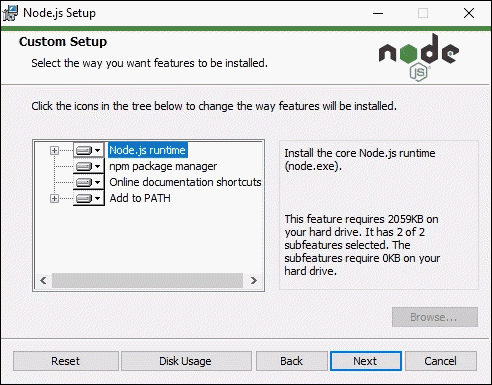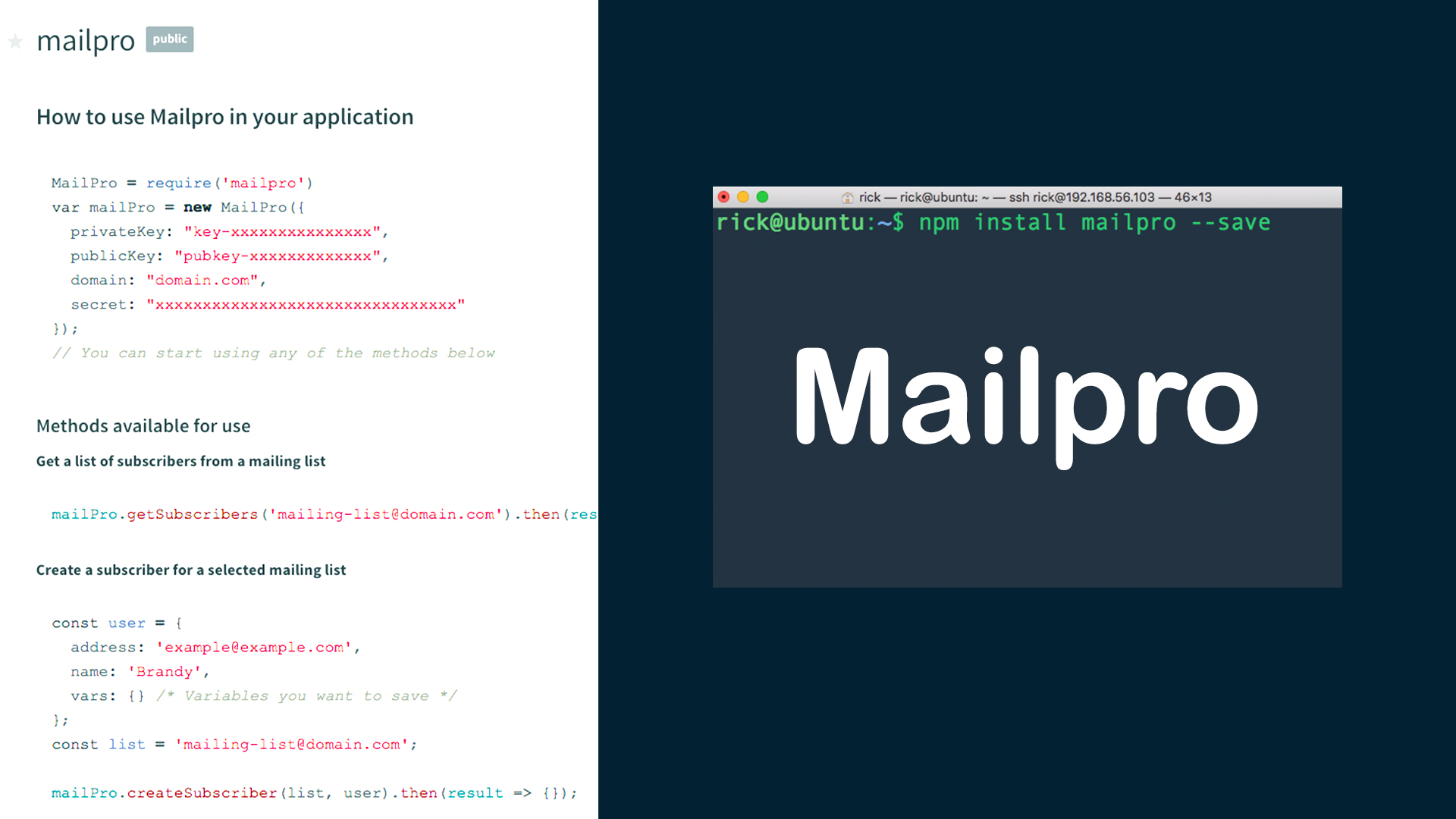


Update all package definitions (formulae) $ brew updateĢ. To update to the latest version of Node using Homebrew, we perform the following steps:ġ. You can consider updating to the latest version or settling with a less recent version but with more stable binary, which is a common theme for the LTS release.
#Update nodejs install#
$ brew install newer Node.js versions are released, it is natural that the currently installed version on the machine should be updated. As an example, here is the command to install Node.js version 16 through Homebrew. If you want to install specific version of Node.js, you need to provide the desired version in the install command. Installing Node.js through Homebrew is similarly executing another simple one-line command: $ brew install node Nonetheless, the Homebrew installation is very simple with one liner command on the terminal: $ /bin/bash -c "$(curl -fsSL )" Despite its popularity, Homebrew is not a built-in tool on Mac. It runs on command line interface to perform package or app installation/upgrade/removal through brew executable. Homebrew is popular package management system for MacOS. Check through command line to confirm that Node.js has been installed $ node -v Option 2: Update Node.js through Homebrew You can also pick Current version (2) for the binary with latest / newest features.Ĥ. This is usually the preferred choice if you are developing a Node.js app to be deployed on a production server. The LTS (Long Term Support) version (1) is the choice when you want to run a stable version.


 0 kommentar(er)
0 kommentar(er)
